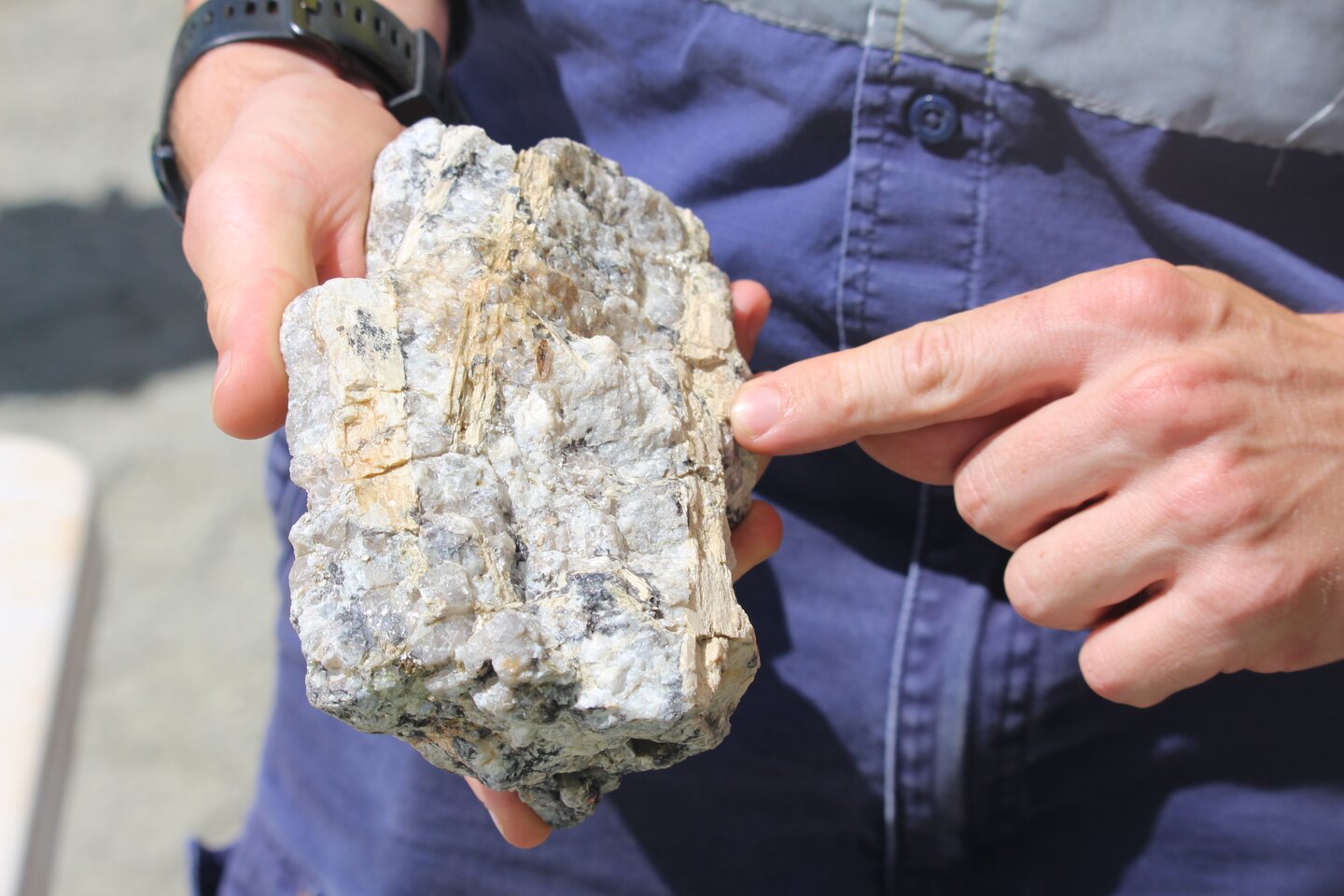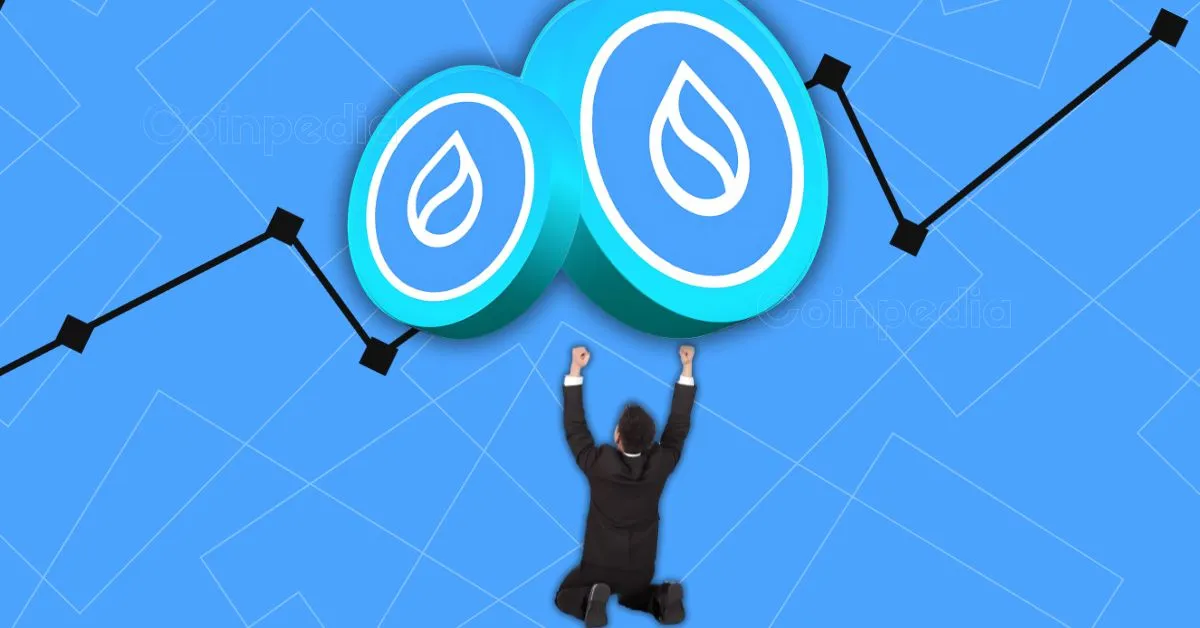
A colossal, groundbreaking project is underway that could change the way we view energy production and could even be seen as the creation of a “new continent” under the sea. Under the surface of the North and Baltic Seas, massive energy islands are being built to serve as powerful offshore hubs for renewable energy in Europe. These artificial islands, envisioned as renewable energy powerhouses, are set to play a crucial role in shaping a sustainable future while creating an integrated electrical infrastructure that spans across multiple nations. This project marks an unprecedented milestone in both the energy and environmental sectors, paving the way for a cleaner, greener world.
A New Continent? What Does It Mean?
The term “new continent” may sound like science fiction, but this ambitious project involves creating artificial islands to harvest renewable energy from offshore wind farms. These islands will serve as the backbone of a vast electrical network designed to power millions of homes. What makes this initiative extraordinary is not just its scope but its ecological and international significance.
Developers are constructing two energy islands in the North and Baltic Seas that will connect nearby offshore wind farms with onshore power markets. This network will be capable of generating and distributing enormous amounts of renewable energy, ensuring sustainability while promoting global collaboration.
How These Energy Islands Will Transform the Energy Landscape
The concept of energy islands is not just about renewable energy production; these islands are designed to be massive energy hubs that will increase the power output of offshore wind farms. By strategically placing these islands in some of the most wind-rich areas on Earth, they can capture powerful and consistent winds, enabling them to generate a tremendous amount of clean energy.
The Danish and German collaboration on this project, led by companies like Energinet and 50Hertz, aims to create a fully integrated electrical infrastructure in Europe. The first of these islands is slated to supply power to Denmark, Germany, and potentially even neighboring regions. By positioning these energy islands strategically, the project promises to reduce Europe’s dependence on fossil fuels and significantly contribute to the fight against climate change.
The Dual Purpose: Energy and Biodiversity
The islands are more than just energy generators. They are designed to sustain biodiversity as well. The construction of these artificial islands incorporates eco-friendly designs that allow them to serve as sanctuaries for marine life. By turning industrial areas into ecological havens, the project aims to balance energy production with environmental conservation.
Such a feat requires cutting-edge engineering, including the construction of foundations that can withstand ocean currents and the infrastructure necessary for energy distribution and storage. The process is extensive, with archaeological digs and environmental permits expected to be finalized in 2025, paving the way for the start of construction.
Global Cooperation and Ambitious Goals
The energy islands project is not limited to European borders. This initiative represents a significant global collaboration aimed at addressing climate change through the development of renewable energy sources. The success of these projects will likely serve as a blueprint for similar initiatives worldwide. Countries like the U.S. and Japan have shown interest in exploring similar projects, seeing the potential for offshore energy hubs as a model for their own energy infrastructure.
The ultimate goal is to build a global network of renewable energy systems. These energy hubs will not only reduce carbon footprints but also foster international cooperation in achieving a common objective: a cleaner, greener, and more sustainable world.
What’s Next? Timelines and Future Plans
Construction for the first energy island is set to begin in 2024-2025, with the caissons — large structures that will form the base of the island — being constructed and put into service during that time. The islands will then be equipped with electrical infrastructure to link them to the onshore grids, completing their integration into the European electrical system.
In addition to this European project, companies like Copenhagen Infrastructure Partners (CIP) are also working on several energy island projects in Southeast Asia, the Baltic Sea, and the North Sea. By combining established wind technology in new, cost-effective ways, these projects aim to bring large-scale renewable energy to the global stage.
Potential Global Impact
With the rise of these new energy islands, the global renewable energy sector is on the brink of an unprecedented transformation. The international collaboration and innovative technology behind this initiative signal a bright future for clean energy, providing a model for other regions to follow.
As countries around the world face the growing challenge of climate change, the energy islands project stands as a testament to human ingenuity and global cooperation. This project not only paves the way for a cleaner, greener energy future but also provides hope that, together, nations can address some of the world’s most pressing environmental challenges.









Leave a Comment